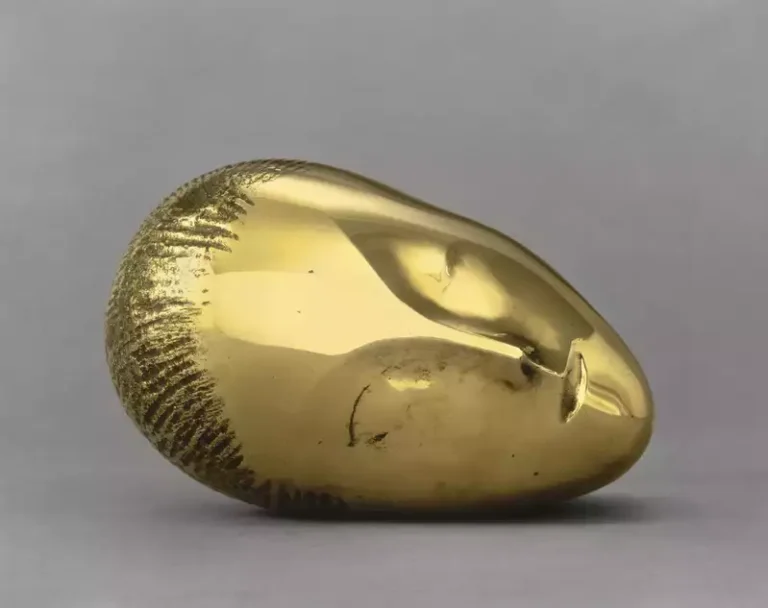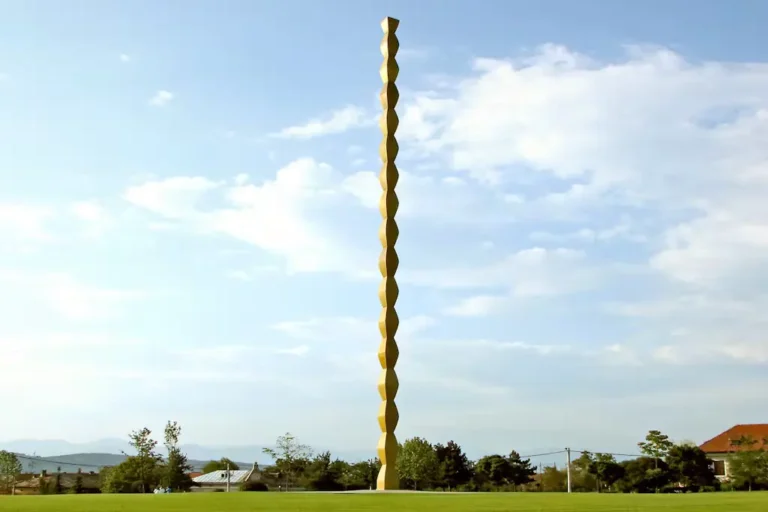Looking for a muse? Check no further. Discover the Best of Art, Culture, History & Beyond!

Constantin Brancusi (1876-1957)
Constantin Brancusi, born in 1876 in the small village of Hobița, Romania, is widely regarded as a pioneer of modern sculpture. His innovative approach to form and his quest for capturing the essence of subjects have left an indelible mark on the art world. Brancusi’s journey from a rural Romanian upbringing to becoming a central figure in 20th-century art is a testament to his relentless pursuit of artistic purity and simplicity.
Early Life and Education
Growing up in a family of peasants, Brancusi was exposed to traditional Romanian crafts, particularly woodcarving, from a young age. This early exposure to craftsmanship played a significant role in shaping his artistic sensibilities. Demonstrating an early aptitude for carving, he often created intricate wooden objects, showcasing a keen eye for detail and form.
In his late teens, Brancusi left his village to pursue formal education in the arts. He enrolled at the School of Arts and Crafts in Craiova, where he honed his skills in sculpture and developed a deep appreciation for the materials he worked with. His dedication and talent did not go unnoticed, and he soon advanced to the National University of Fine Arts in Bucharest. Here, he delved deeper into classical sculpture techniques, laying the foundation for his future explorations.
Journey to Paris
The allure of Paris, the epicenter of the art world in the early 20th century, beckoned Brancusi. In 1904, driven by a desire to immerse himself in the avant-garde movements of the time, he embarked on a journey to the French capital. The trip was arduous; lacking sufficient funds, Brancusi traveled much of the distance on foot, a testament to his determination and commitment to his artistic aspirations.
Upon arriving in Paris, he enrolled at the École des Beaux-Arts, where he continued his studies in sculpture. The city’s vibrant artistic community provided him with exposure to various movements and philosophies, enriching his perspective and inspiring him to challenge traditional norms.
“Work like a slave, command like a King, create like a God.”
Constantin Brancusi
Departure from Rodin
In 1907, Brancusi briefly worked as an assistant to the renowned sculptor Auguste Rodin. While Rodin’s expressive and dynamic forms were influential, Brancusi felt the need to forge his own path. He famously remarked, “Nothing grows under big trees,” indicating his belief that to develop his unique voice, he needed to step out of Rodin’s shadow. This decision marked a pivotal moment in his career, leading him toward a minimalist aesthetic that sought to capture the essence rather than the outward appearance of subjects.
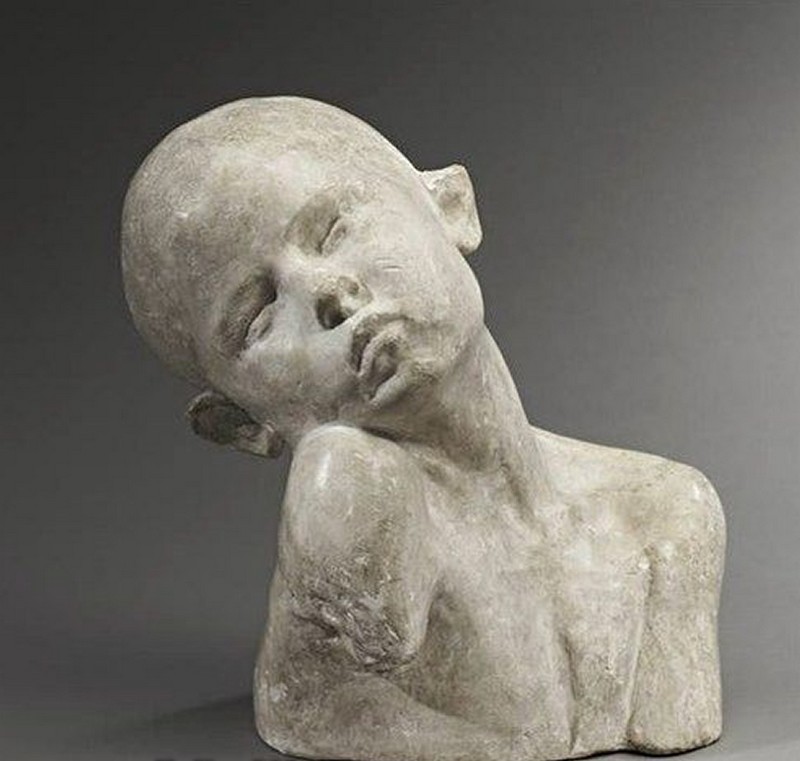
Artistic Philosophy and Style
Brancusi’s work is characterized by a profound simplicity and elegance. He believed in stripping forms down to their fundamental essence, eliminating unnecessary details to reveal the core of the subject. This approach was revolutionary, challenging the ornate and detailed styles prevalent in sculpture at the time.
His sculptures often feature smooth, polished surfaces and simplified forms, drawing inspiration from a variety of sources, including Romanian folk art, non-Western cultures, and the natural world. Brancusi’s focus was not on replicating reality but on conveying the underlying spirit or idea of the subject.
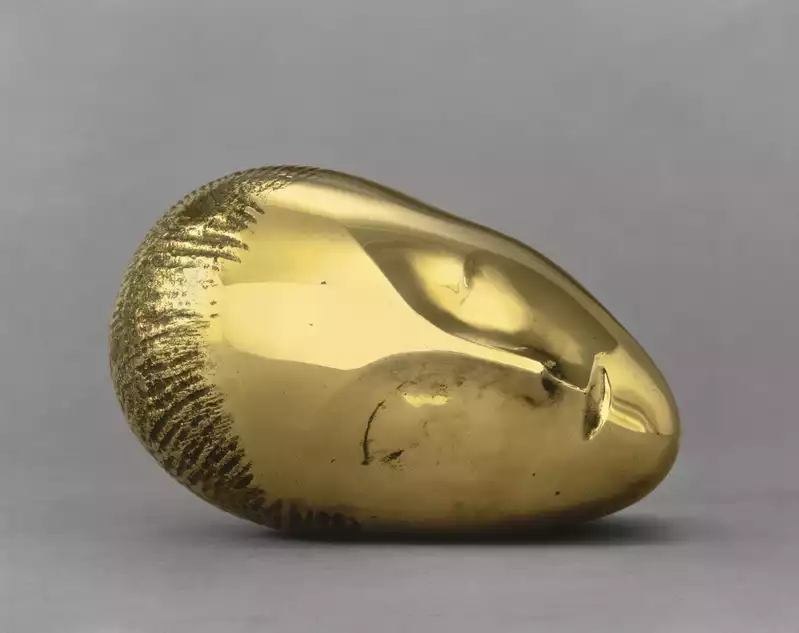
Notable Works
- The Kiss (1907-1908): One of Brancusi’s early masterpieces, “The Kiss” depicts two figures embracing, their forms intertwined in a block-like structure. The sculpture emphasizes unity and simplicity, capturing the intimate act with minimal detail.
- Sleeping Muse (1910): This work presents a serene, oval-shaped face with closed eyes, resting gently. The polished bronze surface and smooth contours convey a sense of tranquility and introspection.
- Bird in Space (1923): Perhaps his most famous series, “Bird in Space” abstracts the form of a bird in flight into an elongated, streamlined shape. The sculpture captures the essence of flight, movement, and freedom, emphasizing form over literal representation.
- Endless Column (1938): Part of a larger ensemble in Târgu Jiu, Romania, the “Endless Column” consists of a vertical succession of rhomboid modules, symbolizing the concept of infinity and serving as a tribute to Romanian soldiers fallen in World War I.
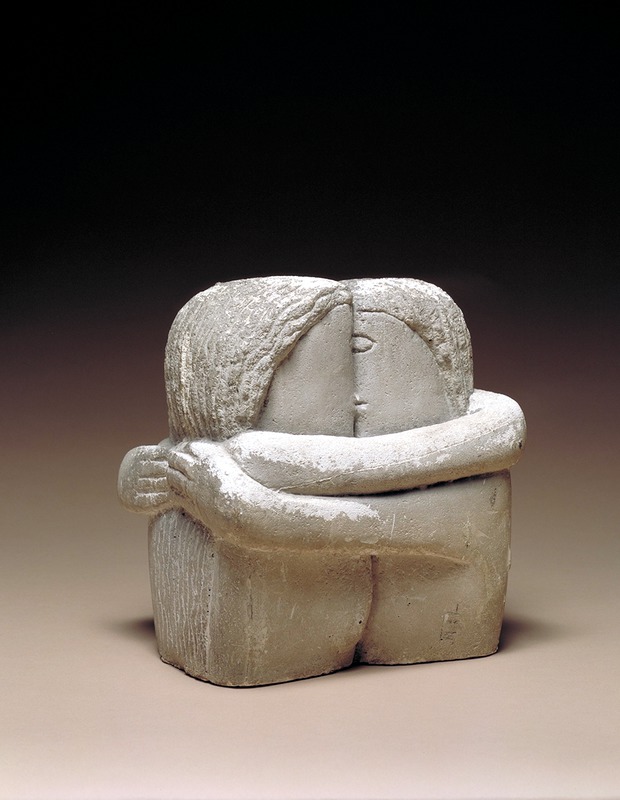
Brancusi’s impact on modern sculpture is profound. His emphasis on abstraction and essence paved the way for future minimalist and abstract artists. He challenged traditional notions of representation, encouraging artists to explore form, material, and space in innovative ways.
His works have been celebrated in numerous exhibitions worldwide, and his studio in Paris has been preserved as a museum, offering insight into his creative process. In 2024, UNESCO added his outdoor sculptures in Târgu Jiu to its World Heritage list, recognizing their significance in 20th-century public art.

Constantin Brancusi‘s journey from a rural Romanian village to the forefront of modern art exemplifies his dedication to exploring the depths of form and meaning. His approach to sculpture, focusing on capturing the essence of subjects through simplified forms, has left an enduring legacy, inspiring generations of artists to look beyond the surface and seek the profound truths within their work.

This article is published on ArtAddict Galleria, where we explore the intersections of art, history, and culture. Stay tuned for more insights and discoveries!

